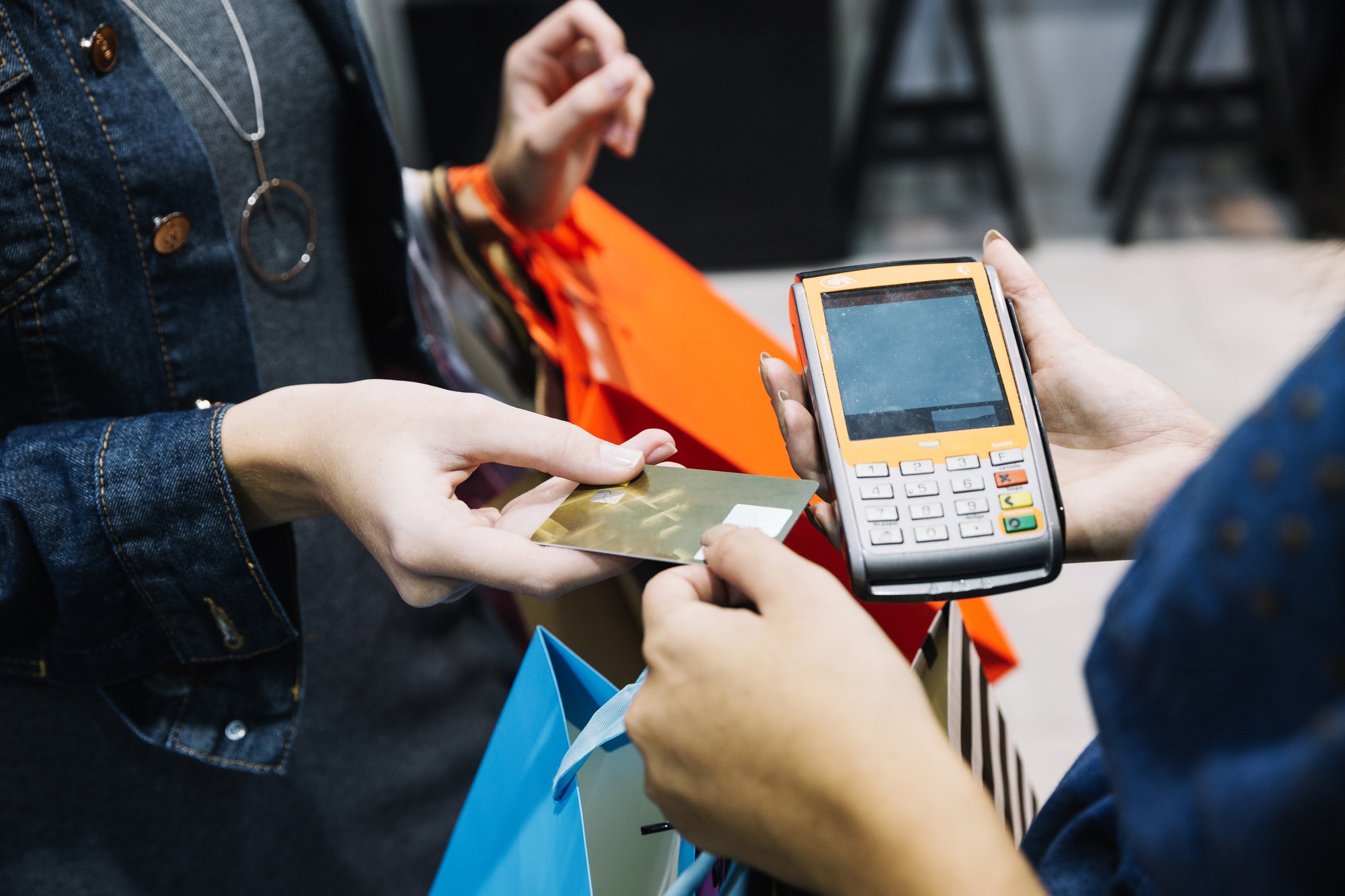
4 minute read
Retail Loyalty Programs
Retail Loyalty Programs That Actually Work: A 2025 Trend Analysis
In today’s competitive retail market, businesses are constantly looking for ways to retain customers and improve sales. retail loyalty programs have proven to be one of the most effective strategies. However, not all loyalty programs are created equal. As we move into 2025, understanding what works and what doesn’t is essential for businesses that want to stay ahead.
Here’s a look at the latest trends and strategies for retail loyalty programs that are actually delivering results.
1. Personalized Rewards for Every Customer
Shoppers today expect more than just generic discounts. Personalization is key to making loyalty programs effective. Retailers are now using customer data to offer rewards that are tailored to specific preferences and behaviors. For example, offering birthday discounts, exclusive offers on favorite products, or rewards based on purchase history can make customers feel valued.
By providing tailored benefits, businesses are increasing customer satisfaction and loyalty.
2. Integration with Mobile Apps
Mobile apps are transforming how loyalty programs work. In 2025, retailers are focusing on creating user-friendly apps that allow customers to track rewards, get notifications, and redeem offers easily. Apps make loyalty programs more accessible and convenient, encouraging customers to engage more often.
For instance, many retailers now include QR code-based rewards in their apps. This allows customers to earn points or redeem offers directly from their smartphones.
3. Sustainability Rewards
With the growing focus on sustainability, eco-friendly rewards are gaining popularity. Retailers are encouraging sustainable shopping habits by offering loyalty points for actions like using reusable bags, recycling old products, or choosing eco-friendly items.
Customers are more likely to stay loyal to brands that share their values, especially when it comes to protecting the environment.
4. Tiered Loyalty Programs
Tiered loyalty programs are becoming more common because they motivate customers to spend more to unlock better rewards. For example, customers can start at a basic level and move up to premium tiers with higher spending. Each tier offers exclusive benefits, such as free shipping, early access to sales, or special gifts.
This strategy keeps customers engaged and gives them a reason to return for more purchases.
5. Gamification to Boost Engagement
Adding fun and excitement to loyalty programs is a trend that’s here to stay. Gamification includes elements like spinning a virtual wheel for discounts, completing challenges to earn points, or participating in contests for rewards. This approach keeps customers entertained while also encouraging them to shop more frequently.
6. Seamless Omnichannel Experience
A successful retail loyalty program in 2025 must work across all channels—online stores, physical outlets, and mobile platforms. Customers want a seamless experience where they can earn and redeem rewards regardless of where they shop.
For example, customers who shop in-store can scan their app to collect points, while those shopping online can automatically apply discounts at checkout.
Why These Trends Matter for Retailers
Retail loyalty programs are no longer just about giving discounts. They are about creating meaningful relationships with customers. By adopting these trends, retailers can:
Boost customer retention
Increase customer lifetime value
Stand out in a competitive market
7. AI-Powered Insights for Smarter Loyalty Programs
Artificial Intelligence (AI) is becoming an essential tool for retailers to analyze customer behavior and optimize loyalty programs. With AI, businesses can predict buying patterns, personalize rewards even further, and identify what motivates individual customers. This data-driven approach ensures that loyalty programs remain relevant and effective.
For example, AI can recommend special offers to customers based on past purchases, or it can suggest loyalty rewards that align with current shopping trends.
8. Subscription-Based Loyalty Programs
Subscription-based loyalty programs are gaining momentum because they offer a predictable revenue stream for retailers and extra value for customers. Programs like Amazon Prime have set the standard by providing exclusive benefits, such as free shipping and early access to deals, for a monthly or yearly fee.
In 2025, more retailers are expected to follow this model, offering premium loyalty memberships that deliver consistent rewards and convenience.
9. Collaboration with Other Brands
Another growing trend is collaboration between brands to enhance loyalty rewards. By partnering with complementary businesses, retailers can offer combined benefits that attract a broader audience. For example, a clothing store might team up with a fitness brand to provide loyalty points that can be redeemed across both stores.
This kind of partnership increases customer satisfaction and expands brand visibility.
10. Real-Time Rewards and Instant Gratification
In 2025, customers expect rewards instantly. Retailers are moving towards systems that provide real-time benefits—like instant cashback, points that appear immediately after a purchase, or on-the-spot discounts.
Quick rewards make customers feel appreciated and encourage repeat visits.
Final Thoughts
As we enter 2025, retailers need to focus on loyalty programs that deliver real value to their customers. Whether through personalization, sustainability, or gamification, the key is to keep customers engaged, satisfied, and loyal.
By writing in simple and easy words and staying ahead of trends, businesses can create loyalty programs that actually work and drive long-term success.










